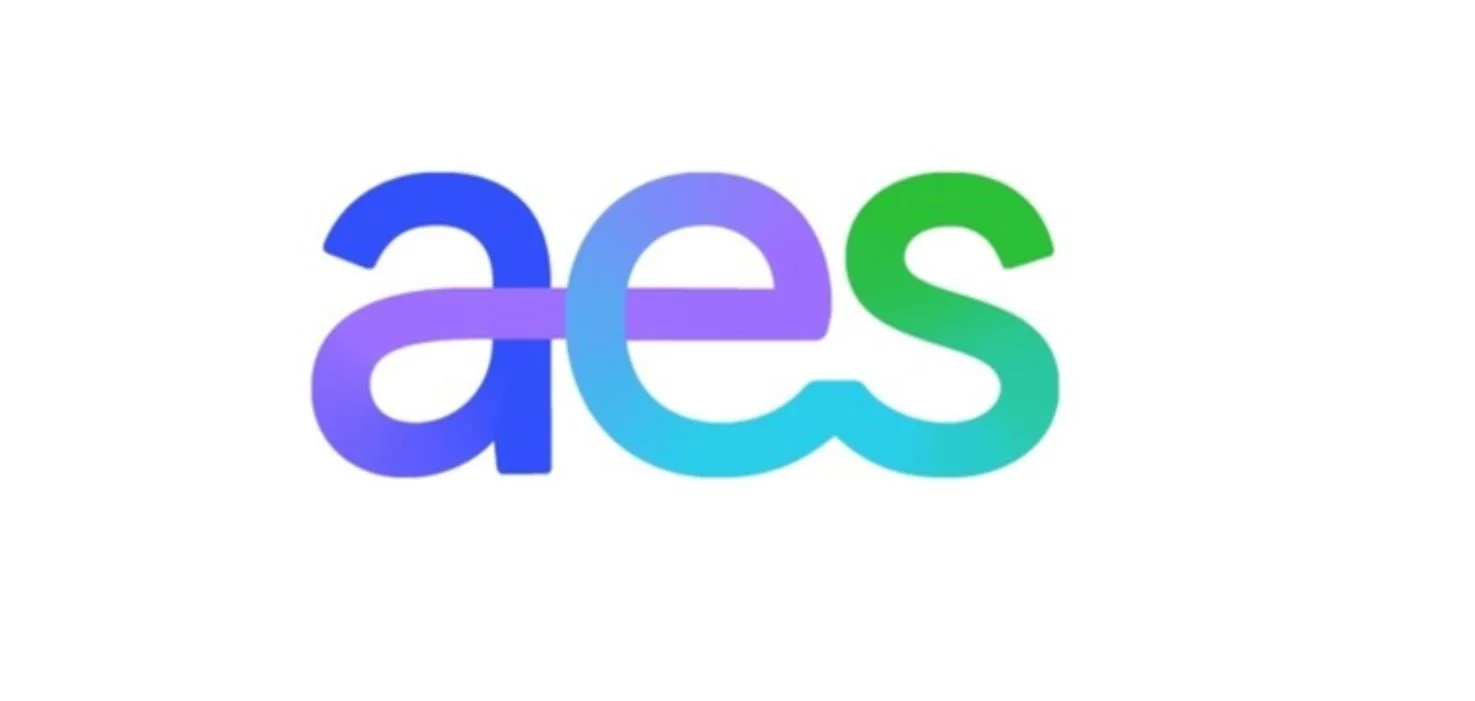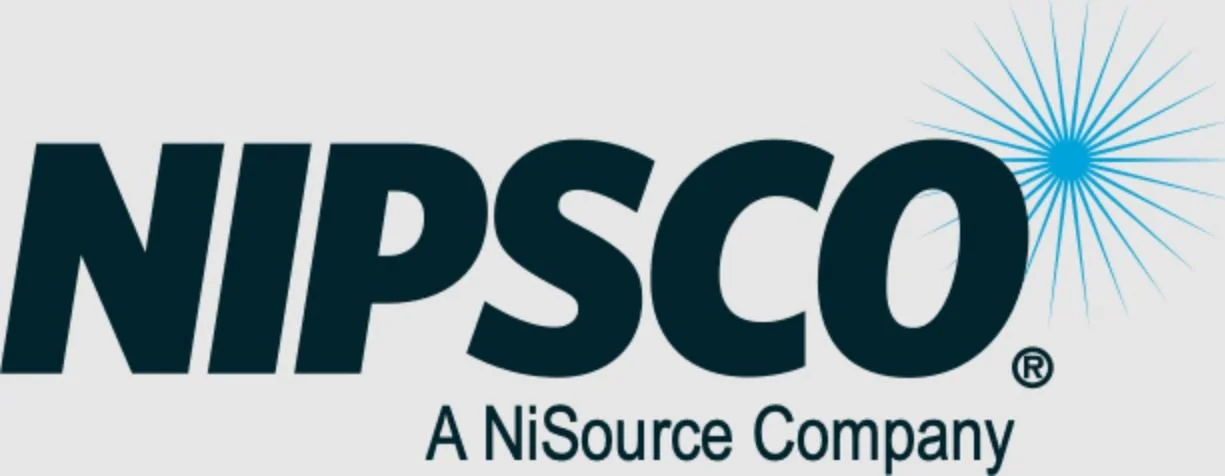Tesla Inverters
Review solar inverter brands and compare offerings of Indiana solar installers.
See how much it costs to install Tesla inverters
Home > Inverter Reviews > Tesla
Everything you need to know about Tesla solar inverters
Written by Max Kennerk, President of SolarCommission.Org
Updated 1-15-2025
Tesla: Company Overview and Inverter Evaluation
Company History
Tesla, Inc., founded in 2003 by engineers Martin Eberhard and Marc Tarpenning, has evolved into a global leader in electric vehicles and renewable energy solutions. Under the leadership of CEO Elon Musk, Tesla expanded its focus to include sustainable energy products, notably through the acquisition of SolarCity in 2016. This strategic move marked Tesla's significant entry into the solar energy market, leading to the development of integrated solar solutions, including solar panels, the Solar Roof, and energy storage systems like the Powerwall. In January 2021, Tesla introduced its own solar inverter, further solidifying its commitment to providing comprehensive solar energy systems.
Equipment Offerings
Enphase specializes in microinverters, which convert DC power to AC at the panel level. Their current product lineup includes:
Tesla's solar inverter lineup is designed to integrate seamlessly with its solar panels and energy storage products. As of May 2023, the company offered inverters in four sizes:
3.8 kW: Featuring four maximum power point trackers (MPPTs) and an efficiency of 98%.
5 kW: Equipped with four MPPTs and a 98% efficiency rating.
5.7 kW: Also includes four MPPTs with 98% efficiency.
7.6 kW: Offers four MPPTs and maintains the 98% efficiency standard.
Recently Tesla has developed their Powerwall battery storage with built in inverters.
Many of Tesla’s newest inverters are identical, but have the functionality that allows the settings for system size to be adjusted (i.e. adjusting from 5kw to 7.6kw.
These inverters are designed to work harmoniously with Tesla's Powerwall and solar products, providing a cohesive energy ecosystem. The integration with the Tesla app allows users to monitor energy production and consumption in real-time, offering a user-friendly interface for energy management.
Pros and Cons
Pros:
Seamless Integration: Tesla's inverters are engineered to work optimally with the company's solar panels and Powerwall, creating a unified system that simplifies installation and operation.
Over-the-Air Updates: The inverters feature built-in connectivity, enabling firmware updates that can enhance performance and add new features over time.
Aesthetic Design: Tesla's focus on sleek, minimalist design extends to its inverters, which complement the overall appearance of the solar system.
Conjoin with other Tesla Technologies: Many users prefer to have the same
Cons:
Limited Third-Party Compatibility: Tesla's inverters are primarily designed for use with Tesla products, which may limit flexibility for users seeking to integrate with other brands.
Warranty Duration: The standard warranty for Tesla's inverters is 12.5 years, which is shorter than some competitors that offer up to 25-year warranties.
String Inverter Design: Unlike microinverters that offer panel-level optimization, Tesla's string inverter design may result in reduced performance in shaded conditions or complex roof configurations. 3rd party optimizers may potentially be added to provide these features.
Expert Rating: 85/100
Tesla's solar inverters offer a well-integrated solution, especially for users committed to the Tesla ecosystem, providing reliable performance and user-friendly monitoring through the Tesla app. However, the use of string inverter technology, a comparatively shorter warranty period, and limited compatibility with non-Tesla products may be drawbacks for some consumers. Overall, Tesla's inverters are a solid choice for those seeking a cohesive and aesthetically pleasing solar energy system.
Other inverter systems to consider:
Our top frequently asked questions:
Going solar with your utility:











